{{{description}}}
Australia has both venomous and non-venomous species of snakes, both of which can lash out and bite, the venomous one injecting venom, the non-venomous potentially puncturing the skin and causing infection. After an Australian snake bite, it common for signs of local damage like bruising or tissue discolouring to be missing, potentially giving the patient and first-aiders a false sense of security. Don’t be fooled! Every snake bite must be considered a medical emergency until resolved, even if the patient presents well.
First Aid
Here are some great tips to avoid getting surprised by snakes on the track:
* Snakes do not hear in the same way we do, instead they detect vibrations. By walking heavily, you can warn any concealed snakes of your presence, making them more likely to flee on their own accord. By comparison, if a snake is caught unaware and only detects your presence at the last minute, it’s far more likely to get startled, and lash out aggressively.
* If you see a snake on the path, do not disturb it. Tell other people in the group that the snake is there, and give it a wide berth. If you can’t get around the snake, back away slowly and change your route plan.
* Never attempt to touch or move a snake, especially to ascertain if it’s venomous or not. It can be challenging to identify the species of a snake in the heat of the moment, so the best approach is to assume that all snakes are venomous and act accordingly.
* Keep your actions smooth and calm. Avoid waving arms around or making sudden movements that the snake could interpret as hostile.
* Avoid walking through long grass where snakes are easily concealed. It’s easy to accidentally startle or step on a snake.
* If a snake’s head is raised, this could indicate that the animal feels threatened, and it is winding up ready to strike. Take action to reduce the threat to the animal, which most likely means backing away and finding an alternative route.
* Snakes often bask alongside a log. To avoid startling a snake, step onto rather than over logs.
* Snakes are ectotherms, that is, they are dependent on external sources of body heat to function. Hence, it’s common to see snakes out sunning themselves first thing in the morning and may be slow to move away from you.
The bite site may be puncture marks, bleeding or scratches.
Signs and symptoms of a snake bite include:
- Headache
- Impaired vision
- Nausea
- Vomiting
- Diarrhoea
- Breathing difficulties
- Drowsiness
- Faintness
- Problems speaking or swallowing.
Management
Reassure the patient and ask them not to move.
Apply a pressure bandage (heavy crepe or elasticised roller bandage) starting just above the fingers or toes of the bitten limb, and move upwards on the limb as far as can be reached (include the snake bite). Apply firmly without stopping blood supply to the limb.
Immobilise the bandaged limb using a splint. If a leg, tie the two legs together. For an arm consider using the body as a splint.
Ensure the person who has been does not move. make them as comfortable as possible, and build a shelter. Moving may encourage any venom in the bite to move towards the blood stream.
Write down the time of the bite and when the bandage was applied. Stay with the person who has been bitten and keep calm. No food or drink.
Regularly monitor breathing and consciousness.
Confirm emergency services have been contacted.
- DO NOT wash venom off the skin.
- DO NOT cut the bitten area.
- DO NOT try to suck venom out of wound.
- DO NOT use a tourniquet.
- DO NOT try to catch the snake.
General information about Australian Snakes
Getting a positive identification of the snake is not that important for first aid. With the advent of polyvalent antivenoms (i.e. antivenoms that work against several species) a positive identification isn’t essential so don’t chase after a snake or try to catch or kill it to get a positive identification. Always treat the bite as if the snake was venomous if the identification is not 100% certain as non-venomous.
Here, we cover some of the more common snakes in Australia, far too many snakes then we can cover here.
IDENTIFICATION
Generally speaking, we can separate venomous snakes into two groups: those with the fangs at the front of the mouth, and those with fangs at the rear. Pythons are a different kind of snake that does not kill its prey with venom but instead squeezes its prey to death.
FRONT FANGED SNAKES
Highly venomous snakes have hollow fangs that are long, thin and hollow. These fangs act like syringes where they are able to quickly deliver venom in one swift bite. Highly venomous species tend to have front fangs.
The following front fanged species are found in the greater Sydney region:
Family: Front Fanged Venomous
Venom: Extremely venomous
Photo by Wolfgang Wuster for http://www.whatsnakeisthat.com.au/category/region/nsw-act/greater-sydney/
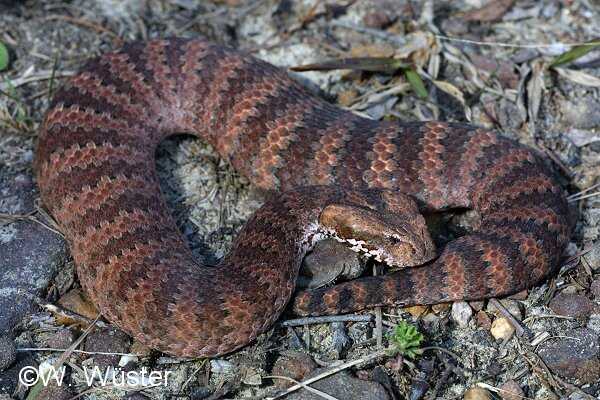
Family: Front Fanged Venomous
Venom: Mildly venomous
Photo by teejaybee CC BY-NC-ND

Family: Front Fanged Venomous
Venom: Highly venomous
Photo by John Wombey for http://www.whatsnakeisthat.com.au/category/region/nsw-act/greater-sydney/
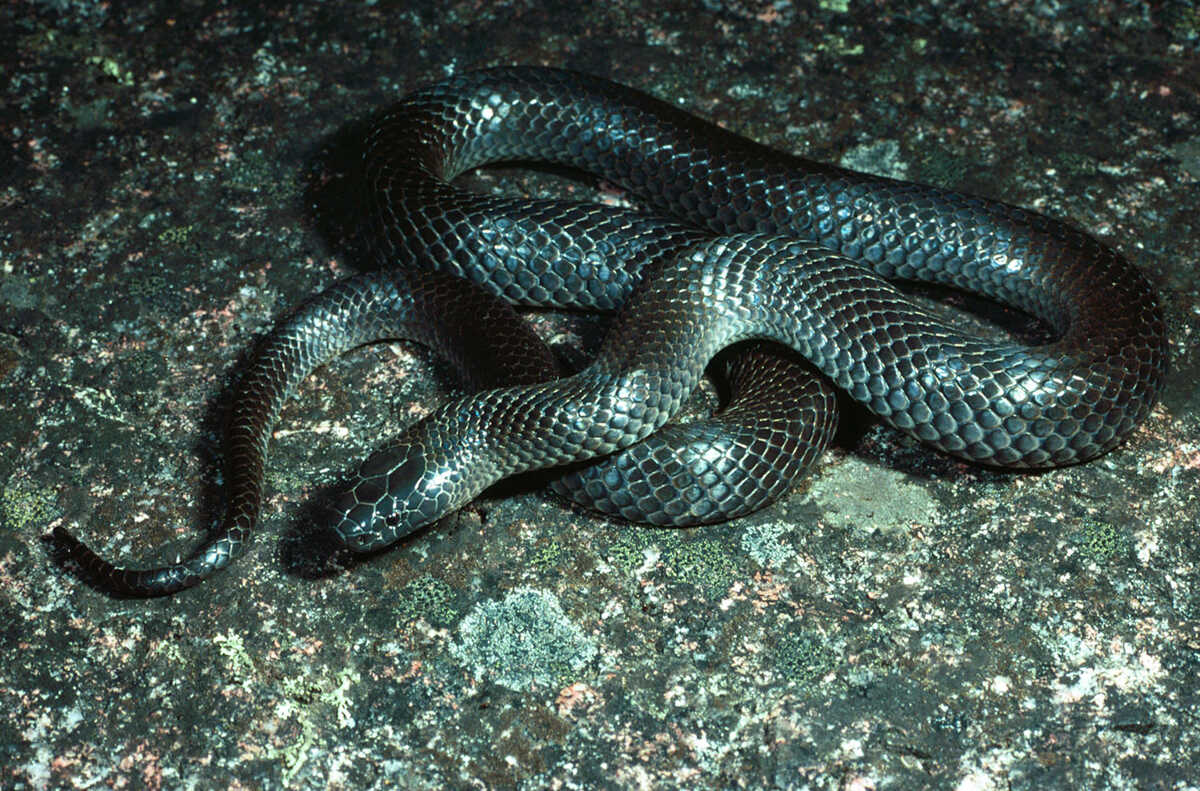
Family: Front Fanged Venomous
Venom: Mildly venomous
Photo by Mark_Green_13 CC BY-SA
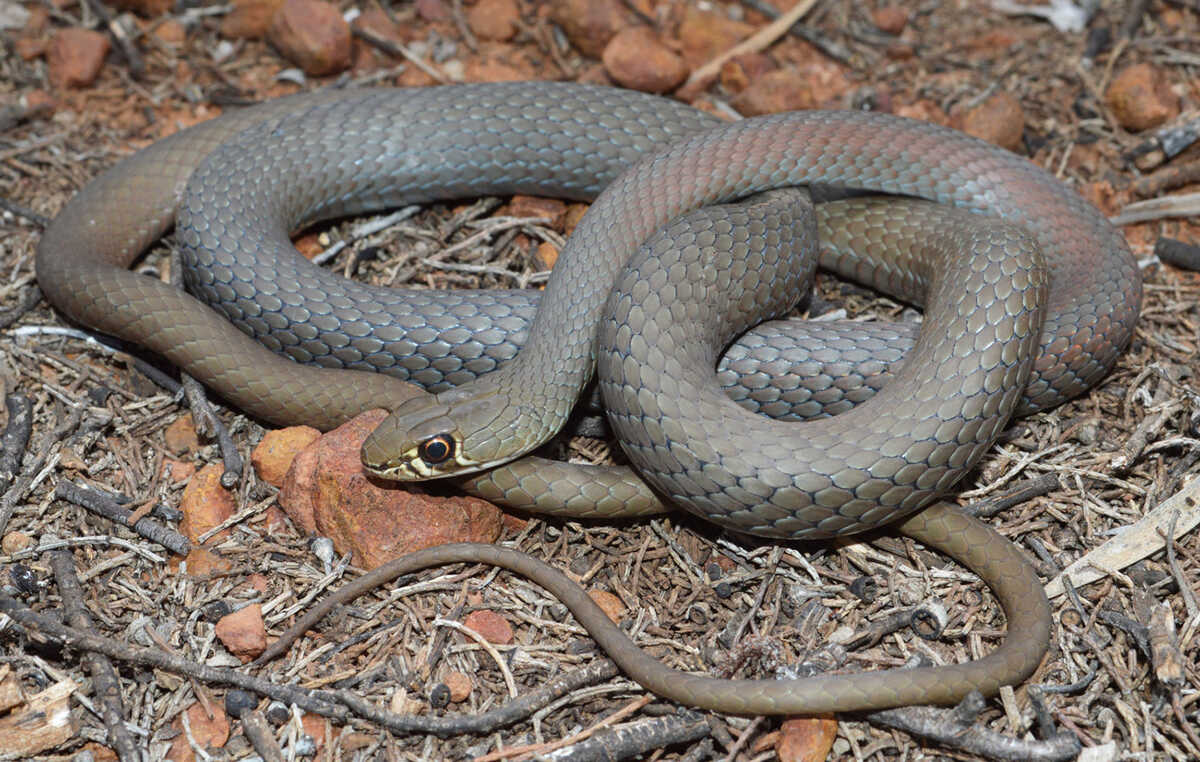
Family: Front Fanged Venomous
Venom: Mildly venomous
Photo by Rémi Bigonneau CC BY-NC-ND
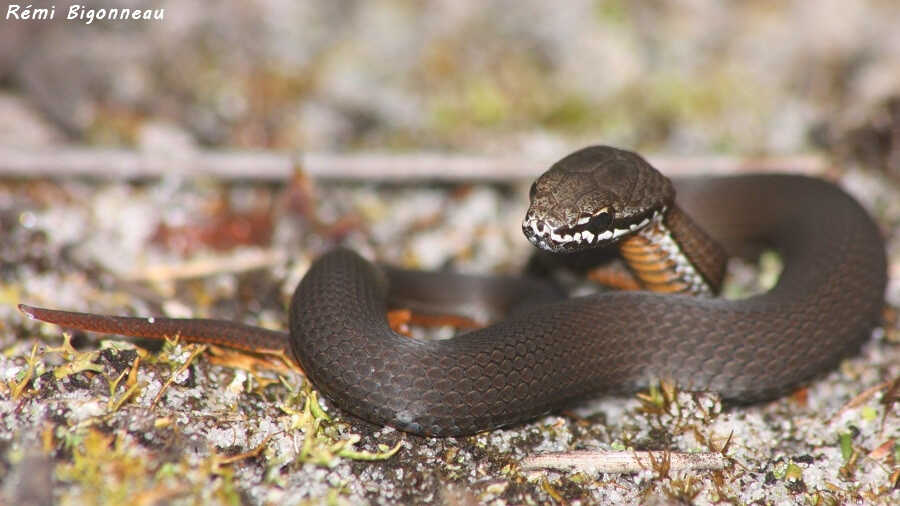
Family: Front Fanged Venomous
Venom: Mildly venomous
Photo by ASasch CC BY

Family Front Fanged Venomous
Venom: Mildly venomous
Photo by AlexandreRoux01 CC BY-NC-SA
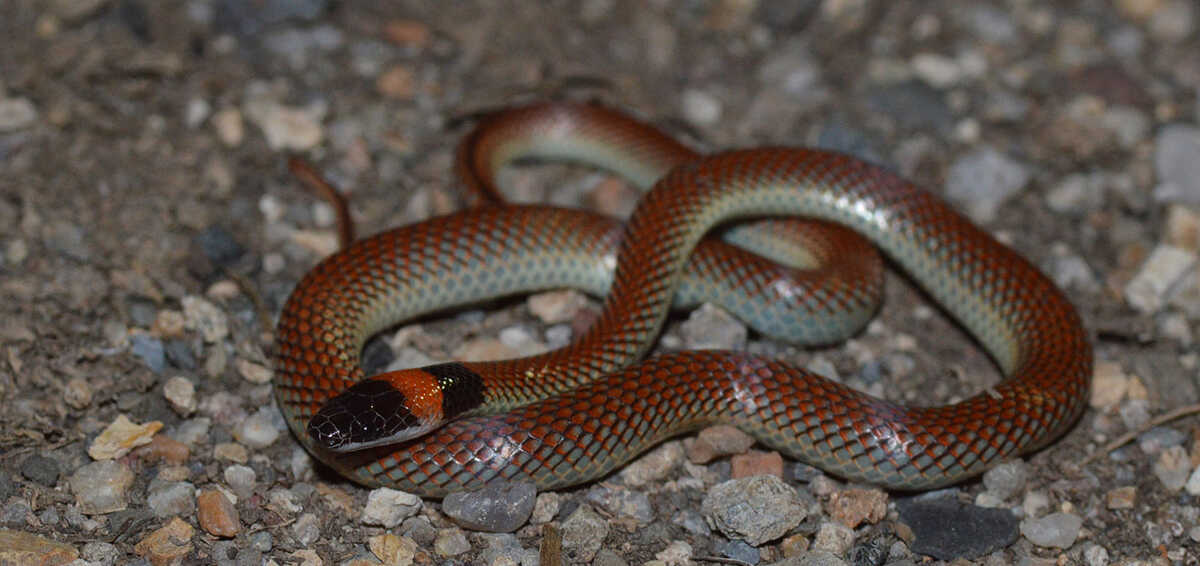
Family Front Fanged Venomous
Venom: Mildly venomous
Photo by Doug Beckers CC BY-SA

Family: Front Fanged Venomous
Venom: Highly venomous
Photo by dnatheist CC BY
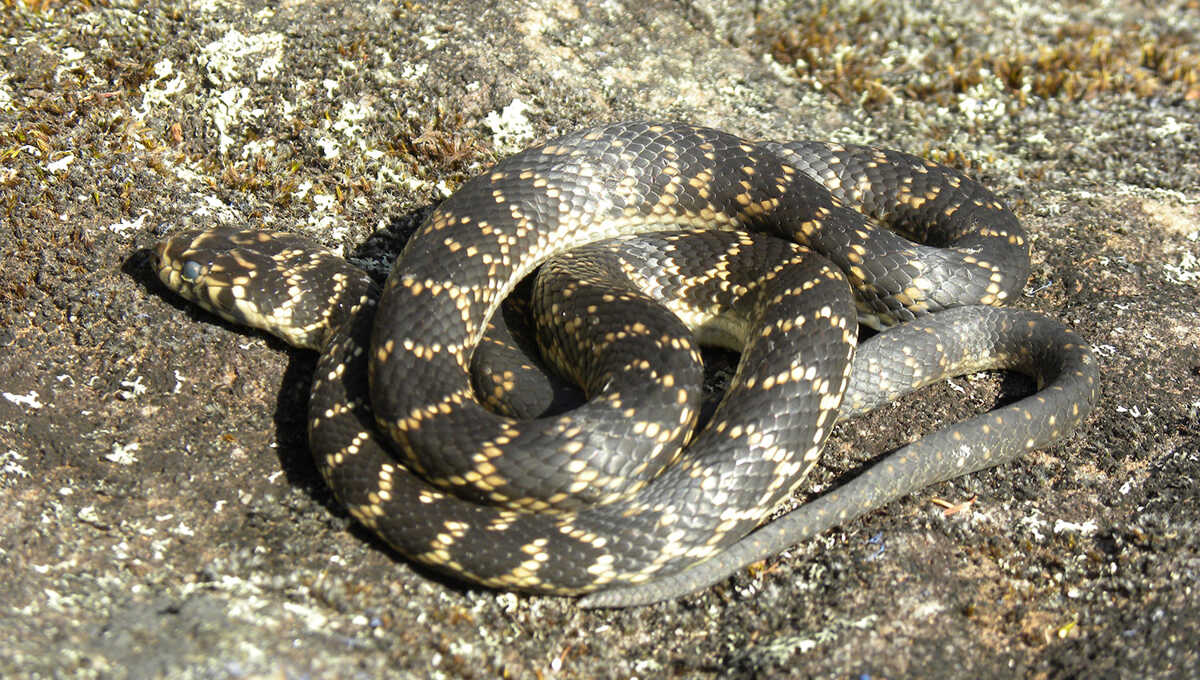
Family: Front Fanged Venomous
Venom: Extremely venomous
Photo by David Nixon for http://www.whatsnakeisthat.com.au/category/region/nsw-act/greater-sydney/
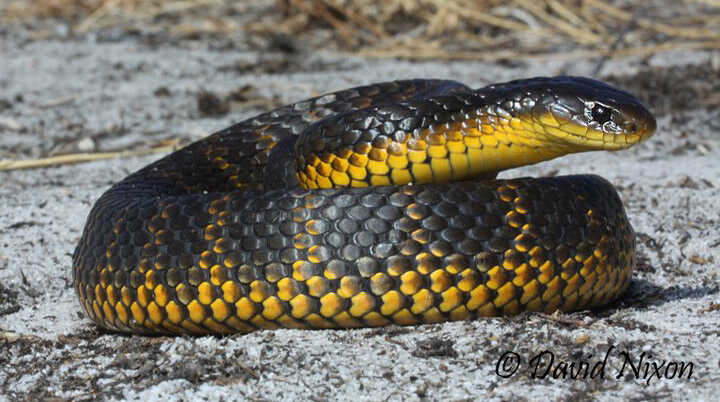
Family Front Fanged Venomous
Venom: Mildly venomous
Photo by Brian Bush

Family Front Fanged Venomous
Venom: Highly venomous
Photo by Tony Rodd CC BY-NC-SA

Family Front Fanged Venomous
Venom: Extremely venomous
Photo by AlexandreRoux01 CC BY-NC-SA
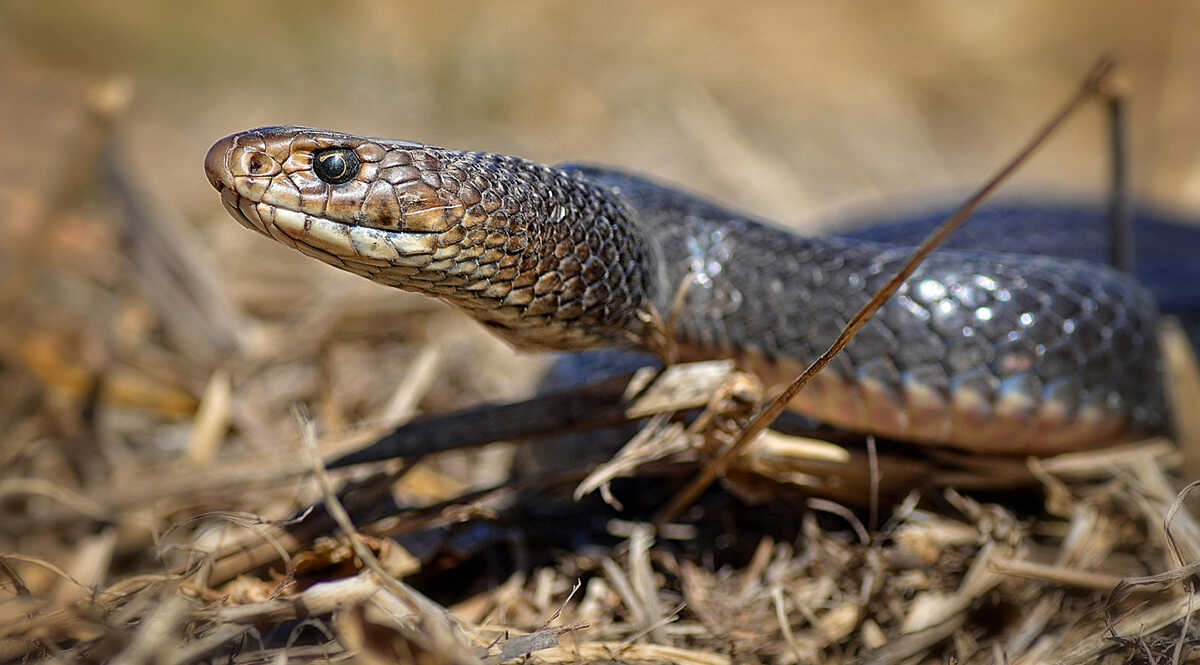
Family Front Fanged Venomous
Venom: Mildly venomous
Photo by AlexandreRoux01 CC BY-NC-SA
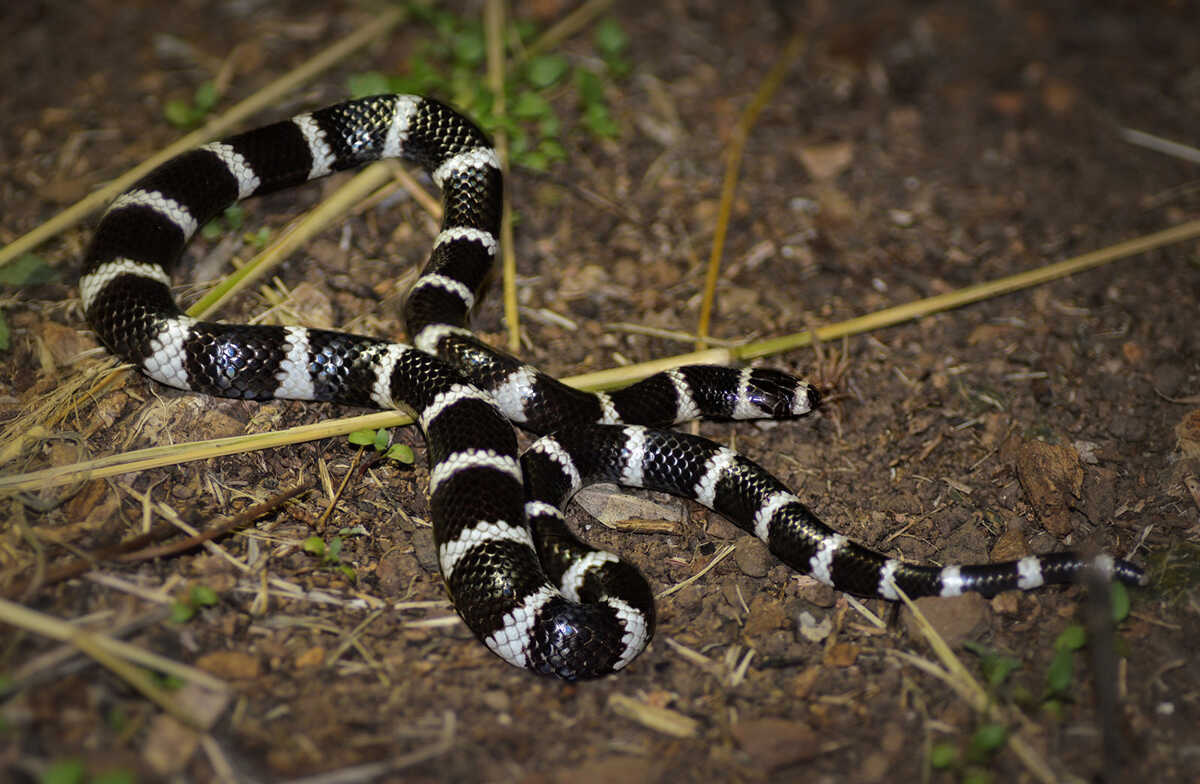
REAR FANGED SNAKES
Rear-fanged snakes are less efficient at injecting venom than front fanged snakes as so must bite and hold their prey in order to envenomate them. This group of snakes has a mix of venomous and non-venomous species. In the greater Sydney region there is one mildly venomous and one non-venomous.
Family: Solid Toothed & Rear Fanged
Venom: Mildly Venomous
Photo by AlexandreRoux01 CC BY-NC-SA
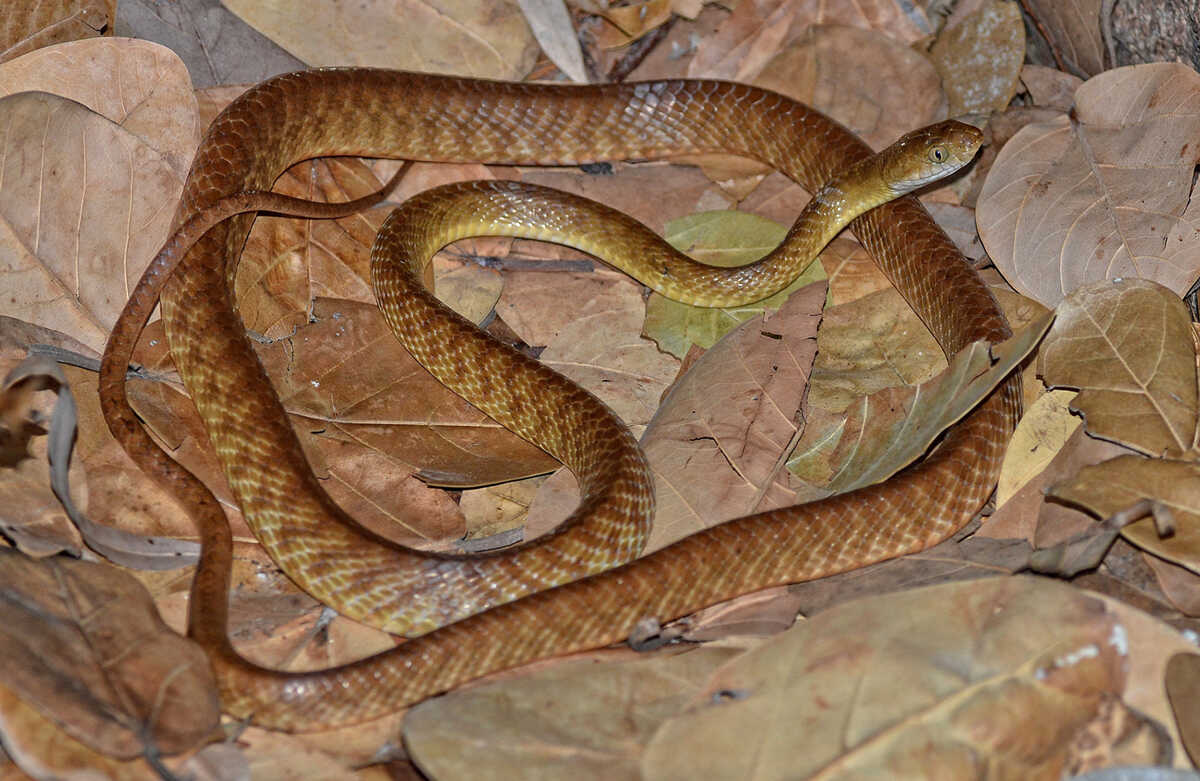
Family: Solid Toothed & Rear Fanged
Venom: Non-venomous
Photo by petrichor CC BY-NC-ND
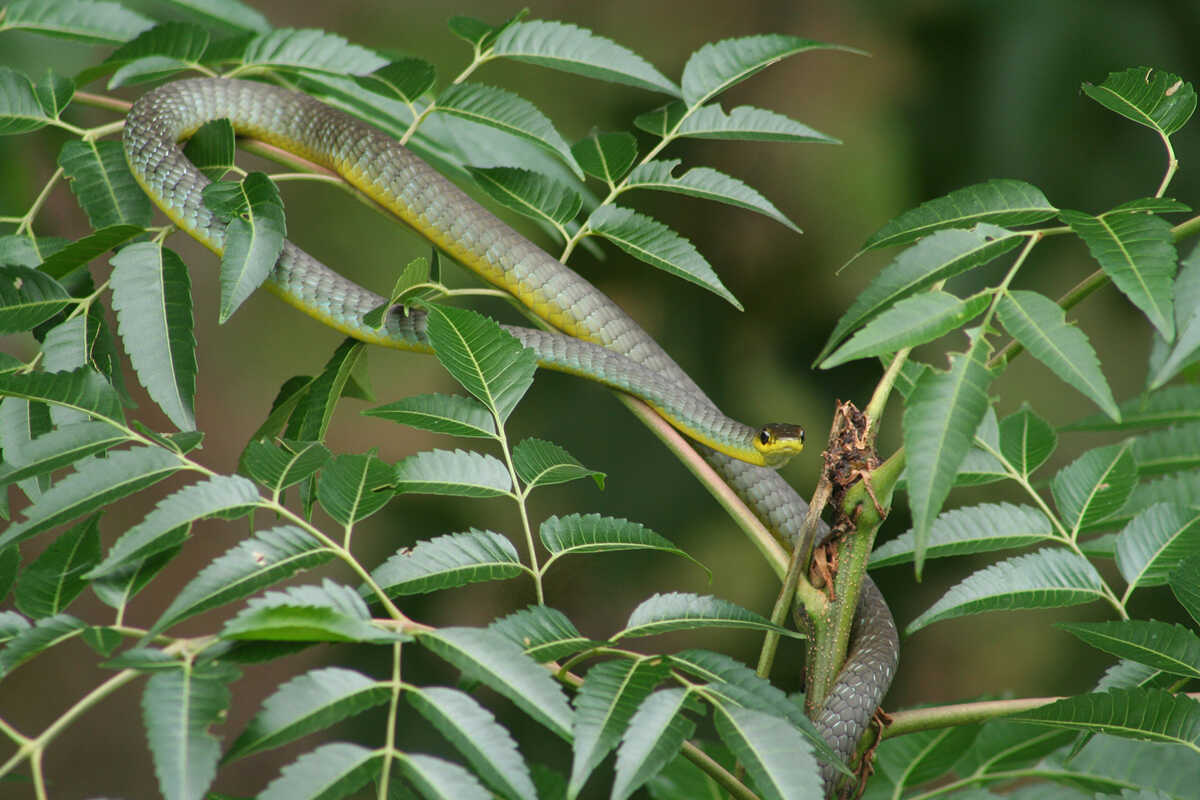
PYTHONS
Pythons fall into a separate snake family again and are all non-venomous. Pythons do not have fangs, but instead have sharp, backward-curving teeth for grabbing prey.
The two pythons found in the Greater Sydney region are the closely related Carpet and Diamond Python (Morelia spilota).
Family: Pythons
Venom: Non-venomous
Photo by Doug Beckers CC BY-SA
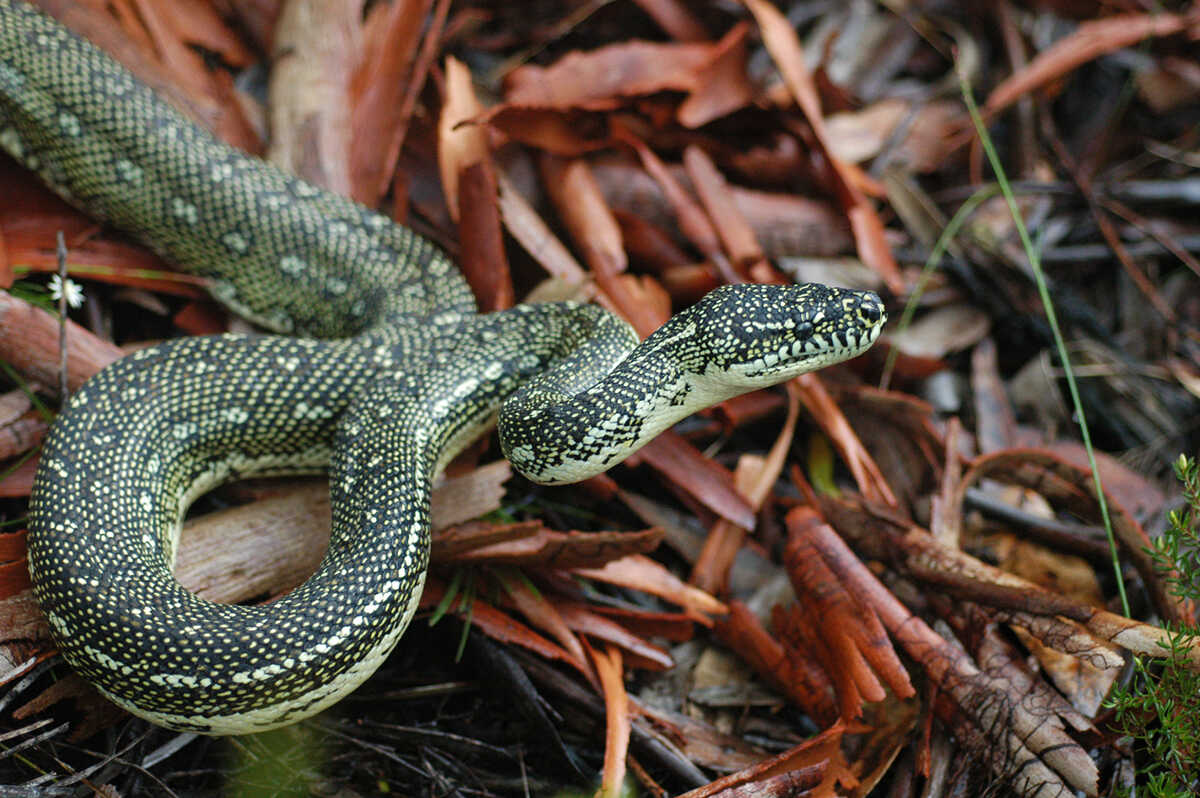
SNAKE LOOK-A-LIKES
Some lizards with very small or no legs look deceptively like snakes. At a distance, these species can be easily confused with snakes, although close up there are clear differences. Unlike snakes, rest assured legless lizards are non-venomous.
According to the ‘What snake is that’ identification website, the key differences to keep an eye out for are:
Tongue: Snakes have forked tongues which they use to ‘taste’ the air for scent particles. All species of legless lizards have a fleshy tongue.
Eyes: Most species of lizards have moveable eyelids. Snakes have fixed transparent scales that cover their eyes which are known as the brille or spectacle.
External ear openings: All species of legless lizards have external ear openings. Snakes do not have ears, and as a result are unable to hear airborne sound using an ear. Snakes are very sensitive to vibrations and actually have some remnant bones of the ear attached to the lower jawbone.
 Photo by Misenus1 CC BY-NC-SA
Photo by Misenus1 CC BY-NC-SA